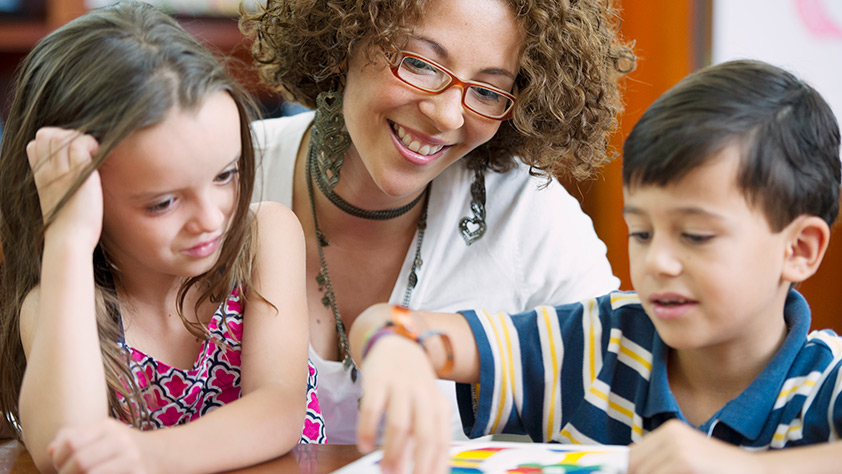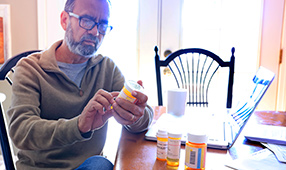Schools are a breeding ground for stomach flu, colds, viruses and other bugs, especially during the cold winter months when students (and educators) spend most of their time inside. And now, whether you’re teaching remotely or in-person, there’s the extra stress of avoiding COVID-19.
“Being cooped up inside with many other people is a natural incubator for recycling germs,” explains Victor Sierpina, MD, professor of integrative medicine at University of Texas Medical Branch in Galveston, Texas. Since children share books, computers, pens and pencils as they do schoolwork, there’s a good chance they’re also sharing viral and bacterial illnesses.
The good news: You can lessen the risk of getting sick. Sure, illness can spread like wildfire throughout a school or family, but healthy habits can, too.
In fact, Lysol offers a program with extensive course materials to help keep students, and you, healthy, including resources for teaching from home.
Check out the Lysol program. Then, follow these five tips for incorporating healthy habits in the classroom—and at home with your family—and staving off illness in the process.
1. Remember your ABCs
Regardless of which grade you teach, it’s never too late to re-establish the importance of singing your ABCs (at least while washing your hands). “Hand washing is one of the best ways to prevent the spread of germs, but a quick rinse with warm water is not enough,” says Joseph Rubino, Director of Microbiology at RB, the makers of Lysol. Health authorities like the CDC, for example, recommend washing your hands with soap and running water for the amount of time it takes to sing the ABCs twice.
2. Clean up
Germs are hiding where you least expect them. Playground equipment, computer keyboards, desks, book bags, iPads and lockers are common culprits. According to Environmental Health Services in Minnesota, students, along with the rest of us, carry 1,500 germs on each square centimeter of our hands. A faucet has 229,000 germs per square inch—many of which land on our hands. The antidote, of course, is keeping things clean. “Since children can touch and retouch up to 300 surfaces in 30 minutes, it is important to disinfect the most commonly touched areas to help prevent the spread of illness,” says Rubino, who recommends keeping a container of Lysol Disinfecting Wipes, along with other types of available disinfectants, handy to wipe down desks, door handles, light switches and other “hot” zones.
3. Get sanitized
With jam-packed class schedules, it can be tough to get students to a washbasin. When kids are late to the lunchroom, racing to beat the bell before class or on a field trip, hand washing often falls to the bottom of the priority list. The good news: When used correctly, studies show alcohol-based hand sanitizers are the next best way to kill germs. Experts recommend keeping hand sanitizers in high-traffic zones (just outside your classroom door is a good spot), and reminding students to keep their hands to themselves—and out of their noses and mouths.
4. Keep moving
“Physical activity improves strength and endurance, helps build healthy bones and muscles and increases self-esteem,” says Rubino. “It also reduces stress.” Encourage students to be active for at least one hour each day, whether that means walking home from school, playing catch or swimming in the pool. You can incorporate regular fitness breaks into your class schedule. Take 10 minutes and ask students to get out of their seats and stretch, or push back their chairs and play a quick game of dodge ball. The goal, of course, is to show students that fitness can be fun. The same goes for you and your family if you are teaching remotely.
5. Eat colorfully
Color is an indicator of disease-fighting nutrients, so it’s important to ensure kids get a rainbow of color on their plates. Not only are fruits and vegetables fabulous snacks, they also offer a vehicle for students to get the nutrients they need to boost immunity. Games offer another great way to teach kids which foods are healthy and which are better left untouched. You can even introduce a new fruit or vegetable each week and challenge students to come up with simple recipes.












